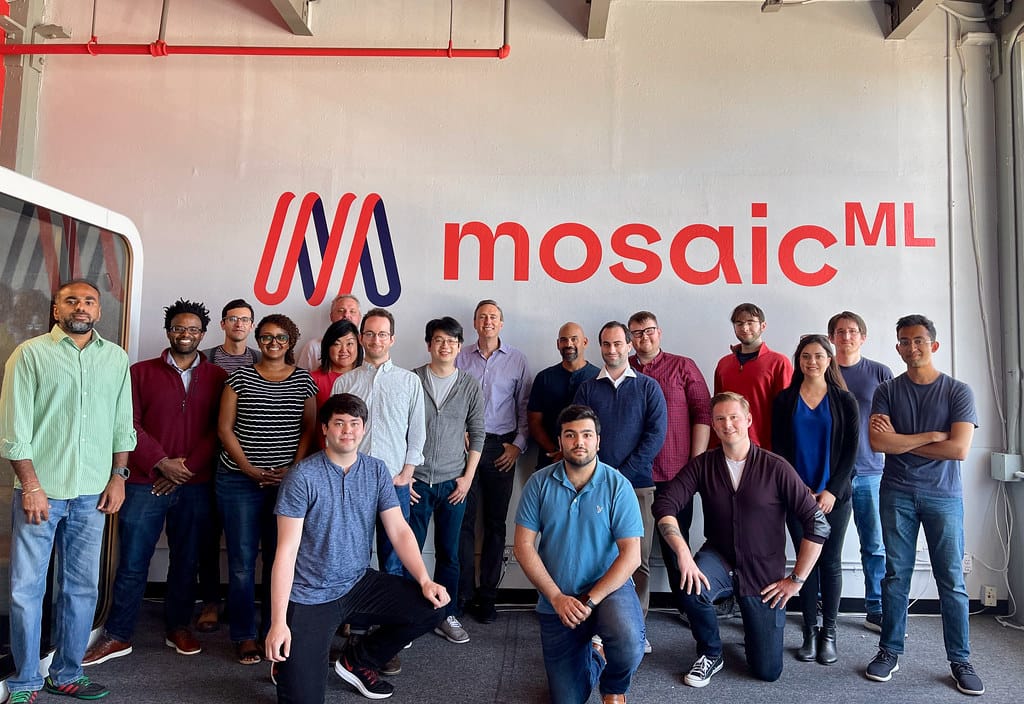AI Is Listening to Your Meetings: The Privacy Wake-Up Call Every Professional Needs
Your casual workplace banter about weekend plans, that candid feedback about a difficult client, or the off-the-record discussion about company strategy—it might all be getting recorded, transcribed, and analyzed by artificial intelligence. As AI-powered meeting tools become ubiquitous in modern workplaces, a pressing question emerges: who's really listening when we think we're speaking privately?
The Silent Revolution in Meeting Rooms
The integration of AI into workplace communications has happened with remarkable speed and stealth. Tools like Zoom's AI Companion, Microsoft Teams' Copilot, and Otter.ai have become standard fixtures in corporate environments, promising to boost productivity through automated transcription, meeting summaries, and action item extraction.
According to recent industry data, over 70% of Fortune 500 companies now use some form of AI-powered meeting assistance. What many users don't realize is the extent to which these systems are capturing, processing, and potentially storing their conversations.
"We're seeing a fundamental shift in how workplace communication is monitored and analyzed," says Dr. Sarah Chen, a privacy researcher at Stanford University. "The technology has outpaced our understanding of the implications."
What Your AI Assistant Really Knows
Modern AI meeting tools don't just transcribe words—they analyze sentiment, identify key topics, track speaking patterns, and even assess emotional states. Some platforms can:
- Detect participant engagement levels through voice analysis and speaking frequency
- Flag potentially sensitive topics like compensation discussions or competitive intelligence
- Create personality profiles based on communication patterns and word choices
- Monitor compliance with company policies through keyword detection
A 2024 study by the Electronic Frontier Foundation found that popular AI meeting tools collect an average of 47 different data points per participant, ranging from obvious metrics like speech duration to subtle indicators like vocal stress patterns.
The Corporate Transparency Paradox
Companies are caught in a complex balancing act. On one hand, AI meeting tools offer genuine benefits: improved accessibility for hearing-impaired employees, better meeting follow-up, and enhanced productivity tracking. On the other hand, they create an unprecedented level of workplace surveillance.
Take the case of TechFlow Industries, a mid-sized software company that implemented AI meeting analysis across all departments. Within six months, management had detailed reports on everything from which employees dominated conversations to who expressed skepticism about company initiatives most frequently.
"It started as a productivity tool," admits former TechFlow manager James Rodriguez. "But it quickly became a way to monitor and evaluate employee attitudes in ways we never could before."
The Legal Gray Zone
Employment lawyers are scrambling to keep up with the implications. While most companies include AI monitoring in their updated privacy policies, the extent of disclosure varies wildly. Some organizations clearly communicate what data is collected and how it's used. Others bury the details in dense legal language that few employees actually read.
The European Union's GDPR provides some protections, requiring explicit consent for voice data processing. However, in the United States, employment law offers limited recourse for workers concerned about AI monitoring of their workplace communications.
Protecting Yourself in an AI-Monitored World
Privacy experts recommend several strategies for professionals navigating this new landscape:
Before the meeting:
- Check if AI recording is enabled and understand what data is being collected
- Request meetings without AI tools for sensitive discussions
- Review your company's privacy policies regarding AI monitoring
During the meeting:
- Be mindful that casual conversations may be analyzed alongside formal agenda items
- Consider the long-term implications of statements that might be stored indefinitely
- Use private channels or offline conversations for truly confidential matters
After the meeting:
- Request access to your recorded data when possible
- Understand retention policies and deletion procedures
- Report concerns about inappropriate monitoring to HR or legal departments
The Path Forward
As AI becomes more sophisticated, the line between helpful assistant and invasive monitor will continue to blur. Organizations must develop clear policies that balance productivity benefits with employee privacy rights. Workers, meanwhile, need to become more aware of the digital footprint they're creating in every meeting.
The era of truly private workplace conversations may be ending, but that doesn't mean we're powerless. By understanding how AI is listening and taking appropriate precautions, we can navigate this new reality while protecting what matters most: our professional relationships, our innovative ideas, and our fundamental right to communicate freely.
The question isn't whether AI will continue listening to our meetings—it's whether we'll be intentional about what we choose to say.
